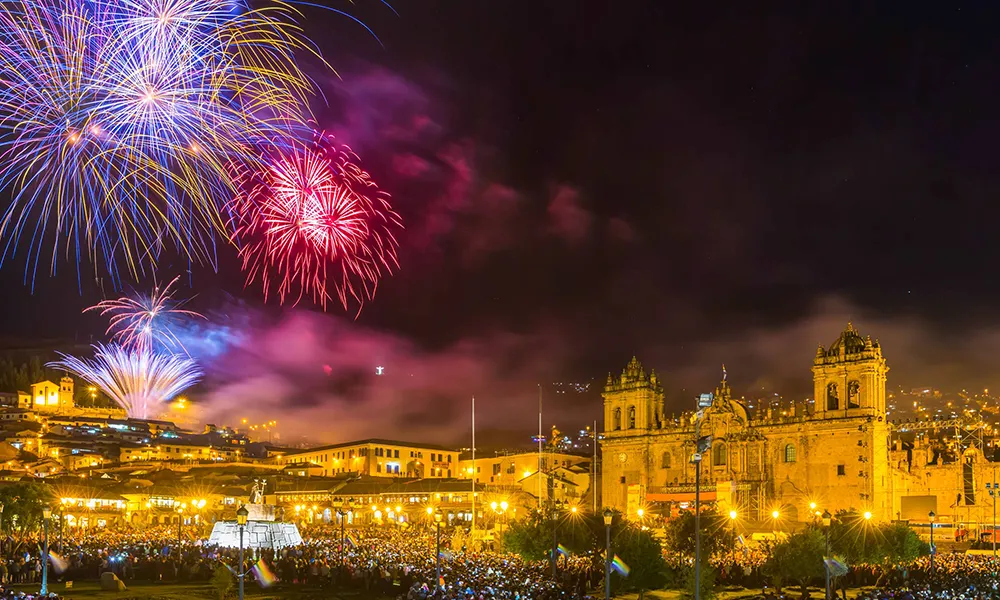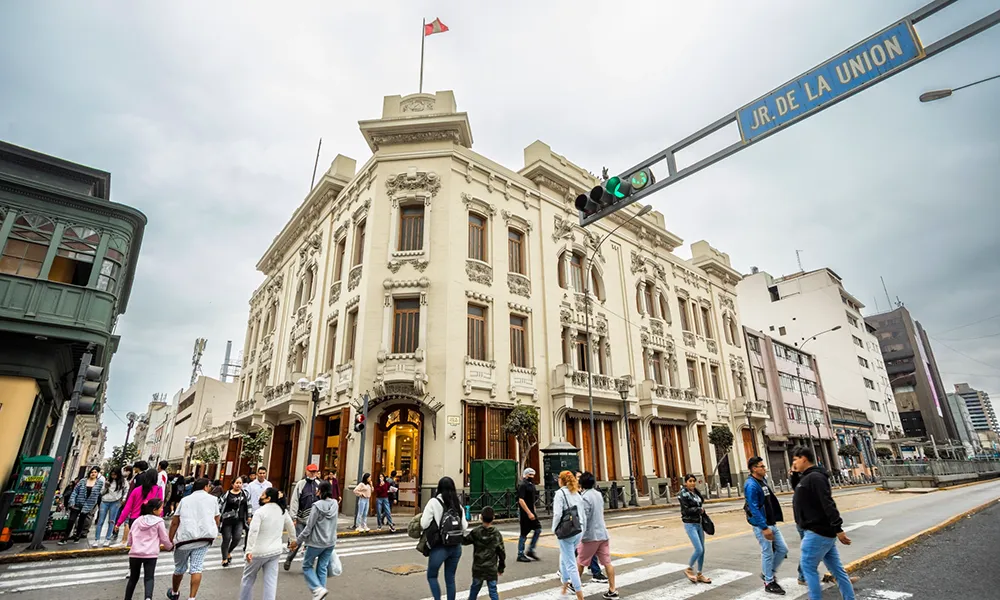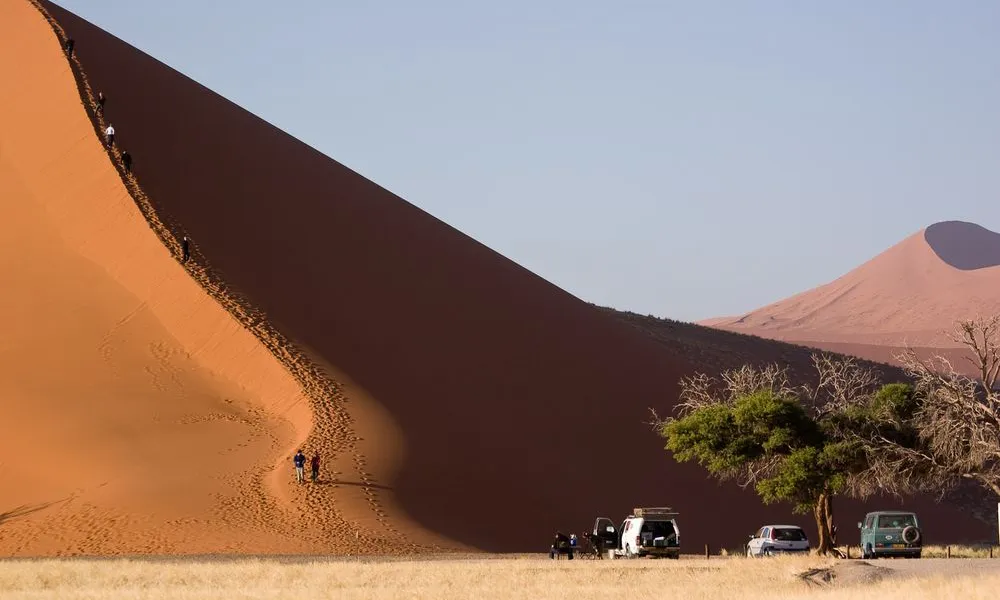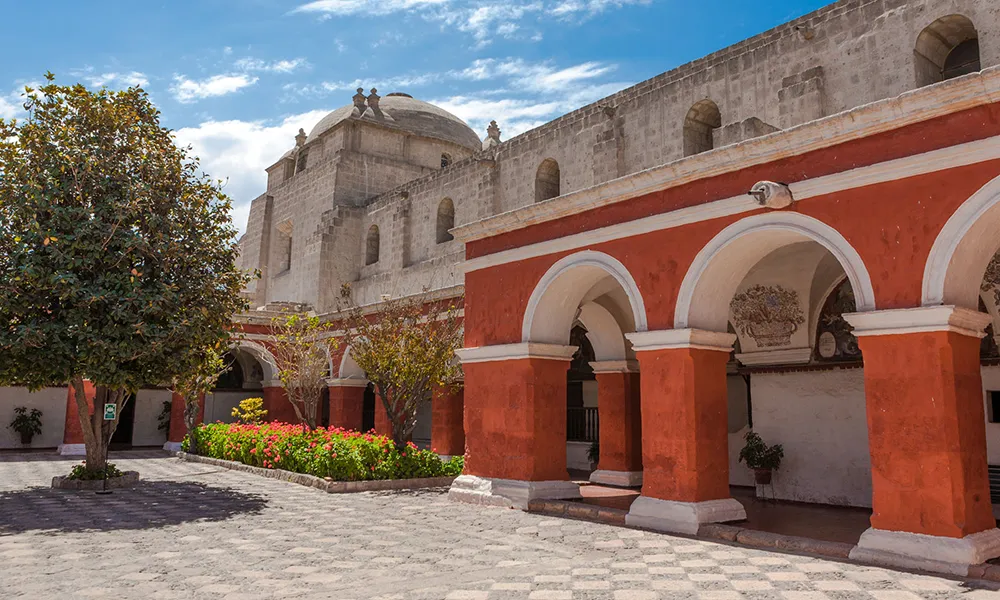Must-See Attractions for US Travelers
Cusco, the former capital of the Inca Empire, stands as one of the most captivating destinations in South America. Perched high in the Peruvian Andes at an altitude of 3,399 meters (11,152 feet), this UNESCO World Heritage city is a living museum where Inca and Spanish colonial influences coexist in perfect harmony. For travelers from the United States, Cusco offers an immersive experience that combines ancient history, vibrant culture, and extraordinary landscapes that feel timeless.
Visiting Cusco is more than just a trip — it’s a journey back in time. The city was once the center of the vast Tahuantinsuyo Empire, from which the Incas governed lands stretching across present-day Peru, Ecuador, Bolivia, Chile, and Argentina. Today, its streets are lined with ancient stone walls, colonial balconies, colorful festivals, and Andean traditions that remain alive in everyday life.
Whether you’re exploring sacred temples, tasting traditional Peruvian cuisine, or preparing for the adventure to Machu Picchu, Cusco is a destination that awakens all senses and connects visitors deeply with the spirit of the Andes.
1. Plaza de Armas: The Beating Heart of Cusco
The Plaza de Armas is the perfect place to begin your exploration. Once the ceremonial center of the Inca Empire, this grand square now features a mix of Inca foundations and Spanish colonial architecture. The Cathedral of Cusco, built in the 16th century with stones taken from the Inca temple of Sacsayhuamán, dominates the square with its stunning façade and interior filled with colonial art.
At night, the plaza comes alive with soft lights reflecting off the colonial arcades and cobblestones. Musicians, artisans, and travelers from all over the world fill the area, making it an ideal spot to enjoy a coffee, a traditional pisco sour, or simply to observe the city’s rhythm.
2. Qorikancha: The Golden Temple of the Sun
Qorikancha, or “Temple of the Sun,” was the most sacred Inca temple dedicated to Inti, the Sun God. It was once covered in sheets of pure gold that glowed in the sunlight, symbolizing the divine power of the Inca ruler. When the Spanish arrived, they built the Santo Domingo Convent atop its foundations — a powerful reminder of the cultural and religious transformation that took place.
Today, visitors can admire the precision of the Inca stonework, the remains of sacred rooms, and the blend of Inca and Spanish architecture. Qorikancha is a must-see site for those interested in understanding Cusco’s dual identity — the coexistence of two worlds in one city.
3. Sacsayhuamán: The Sacred Fortress Above the City
Just a short drive or uphill walk from Cusco lies Sacsayhuamán, an impressive Inca fortress that once protected the imperial capital. Its gigantic stone walls, some weighing more than 100 tons, were fitted together so precisely that not even a sheet of paper can fit between them.
From the top, you’ll enjoy panoramic views of Cusco and the surrounding mountains. Every June 24th, Sacsayhuamán becomes the stage for Inti Raymi, the Festival of the Sun, a colorful reenactment of the ancient Inca ceremony that celebrates the winter solstice. This event attracts thousands of locals and visitors eager to experience the spiritual energy of the Andes.
4. San Blas Neighborhood: The Artistic Soul of Cusco
The San Blas neighborhood, perched above the historic center, is known as the “bohemian heart” of Cusco. Its narrow, steep streets are lined with workshops, galleries, and small boutiques where artisans continue centuries-old traditions.
Here, you’ll find the San Blas Church, famous for its exquisite wooden pulpit carved from a single cedar trunk. From the small plaza, the view of the red rooftops of Cusco is simply spectacular, especially at sunset. It’s also a perfect place to relax in a cozy café, chat with locals, and discover unique handicrafts made from alpaca wool, silver, and ceramics.
5. San Pedro Market: Colors, Flavors, and Local Life
A visit to San Pedro Market is an explosion of colors, aromas, and authenticity. Located just a few blocks from the Plaza de Armas, this traditional market is where Cusqueños do their daily shopping.
You’ll find exotic fruits from the jungle, Andean cheeses, fresh bread, medicinal herbs, and natural products like coca leaves and quinoa. The food stalls offer delicious traditional dishes at affordable prices, such as chicharrón, lomo saltado, and emoliente, a local herbal tea. For travelers, it’s the best way to taste local flavors and witness the vibrant rhythm of Cusco’s daily life.
6. The Twelve-Angled Stone: A Masterpiece of Inca Engineering
Hidden along Hatun Rumiyoc Street, this famous Twelve-Angled Stone has become one of the city’s most photographed icons. The stone fits perfectly within an ancient Inca wall without the use of mortar, demonstrating the advanced engineering and precision that characterized Inca construction.
As you walk along this narrow street, you’ll see local women dressed in traditional attire offering to pose for photos with baby llamas — a charming yet symbolic reflection of how ancient and modern traditions blend in Cusco.
7. Inca Museum: Journey Through the Empire’s Legacy
For a deeper understanding of Inca civilization, the Museo Inka offers a remarkable collection of ceramics, gold and silver artifacts, textiles, and mummies that illustrate the life, beliefs, and social structure of the ancient Andean world.
Located near the Plaza de Armas in a colonial mansion, the museum provides a fascinating look into how the Incas built one of the most sophisticated empires in pre-Columbian America — an excellent preparation before heading to Machu Picchu or the Sacred Valley.
8. San Cristóbal Viewpoint: The Best Sunset Over Cusco
For panoramic views, climb to the San Cristóbal viewpoint located just above the main square. From here, the entire city unfolds beneath you: the terracotta rooftops, church domes, and surrounding mountains bathed in golden light.
It’s a peaceful spot ideal for taking photographs or simply appreciating how Cusco’s ancient spirit harmonizes with the energy of modern life. As dusk falls, the lights of the city create a magical atmosphere that leaves travelers in awe.
9. The Sacred Valley and Machu Picchu: Beyond Cusco
A trip to Cusco is incomplete without exploring the Sacred Valley of the Incas, a fertile region dotted with ancient villages and archaeological sites. Towns like Pisac, Urubamba, and Ollantaytambo offer stunning landscapes and a slower pace of life.
From Ollantaytambo, visitors can take the scenic train to Aguas Calientes, the gateway to Machu Picchu, one of the New Seven Wonders of the World. The journey through the valley follows the Urubamba River and reveals the majestic beauty of the Andes. Machu Picchu, the lost city of the Incas, is the ultimate reward for those who wish to connect deeply with the past and the natural world.
🧭 Travel Tips for US Travelers
-
Altitude Acclimatization: Spend your first day resting, hydrating, and avoiding alcohol. Coca tea helps relieve mild altitude symptoms.
-
Currency and Payments: The official currency is the Peruvian sol (PEN). Credit cards are widely accepted, but cash is essential in markets and rural areas.
-
Best Time to Visit: The dry season from May to October offers sunny days and clear skies, ideal for hiking and sightseeing.
-
Language: Spanish and Quechua are spoken, but many people in tourism speak basic English.
-
Health and Safety: Cusco is generally safe; always keep an eye on belongings in crowded places. Bottled water is recommended.
-
Cultural Etiquette: Ask permission before taking photos of local people, and greet with a friendly “buenos días” or “allin p’unchay” in Quechua.
🌄 Why Cusco Captivates Travelers from the United States
Cusco isn’t just a stop before Machu Picchu — it’s a destination that embodies the essence of Peru. Every stone street, every smile, and every melody played on a pan flute tells a story of resilience, beauty, and connection between humanity and nature.
American travelers often describe their visit to Cusco as a transformative experience — a place where history comes alive and the energy of the Andes touches the soul. Whether you’re exploring ruins, learning from local communities, or savoring Peruvian cuisine, Cusco invites you to slow down, breathe deeply, and feel the timeless heartbeat of the Inca world.








